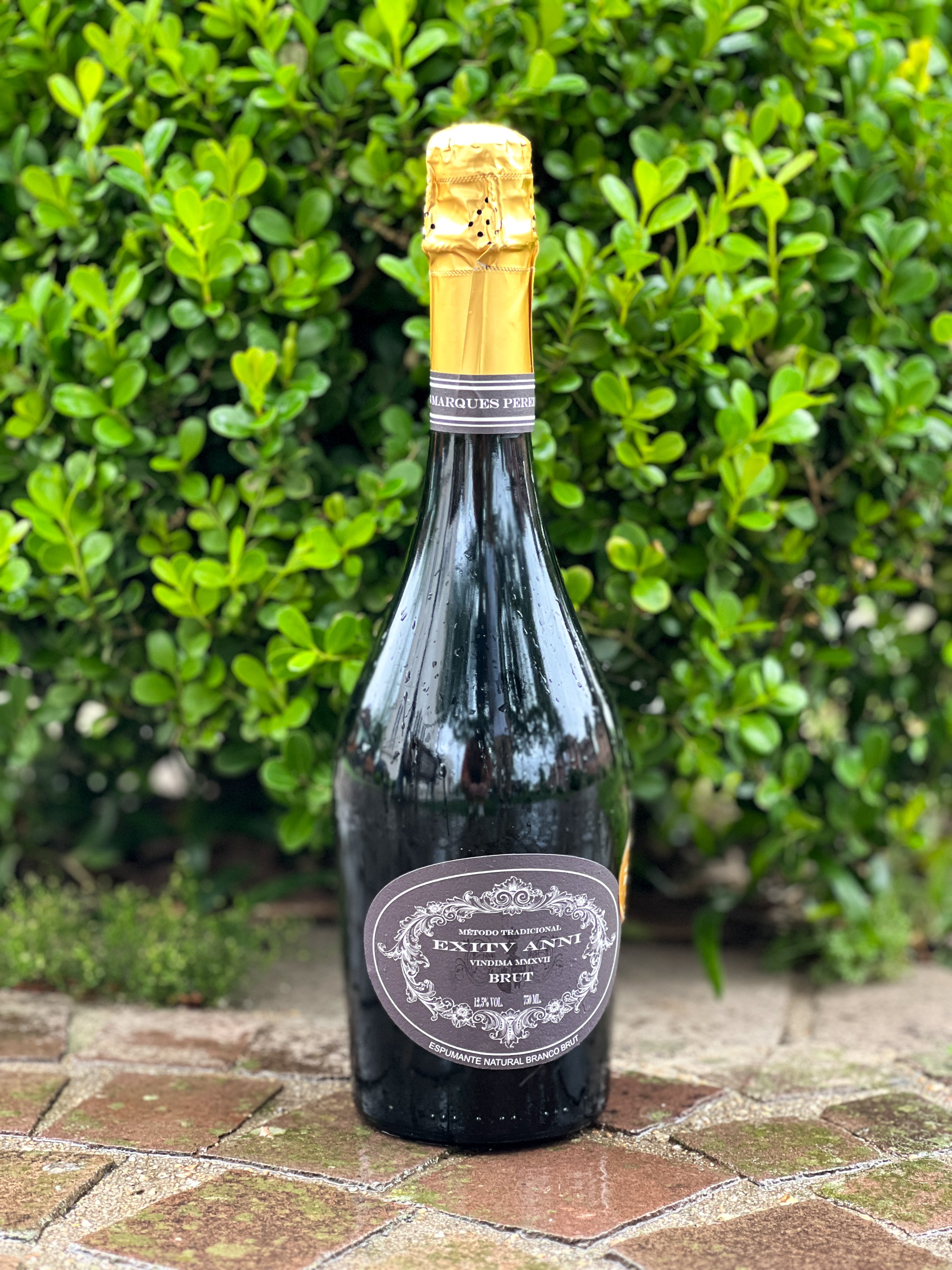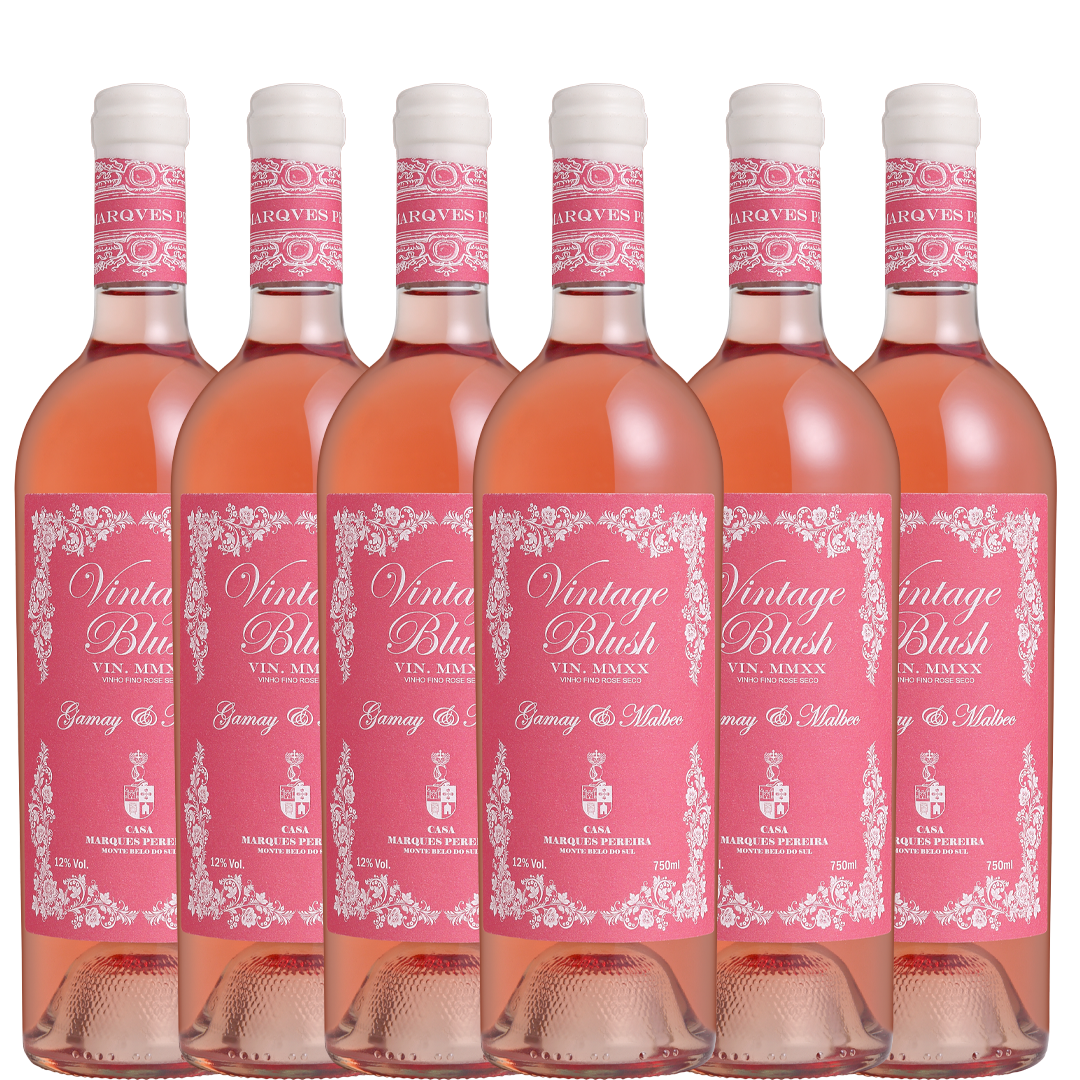Aromas of Wine: How Do They Arise?
How is it possible to smell plum, vanilla, bell pepper, and tobacco in a glass of wine made solely from grapes? Do these and many other aromas truly exist in wine? And how do they arise?
"Intense aromas of dark fruits, with notes of anise and floral touches." You've certainly heard this description and hundreds of other pompous phrases used to describe a wine during a tasting. Perhaps you can't pinpoint exactly what you're smelling when trying to decipher the aroma of a wine, but swirling the glass in that almost automatic act, at some point you must have triggered a childhood memory, remembered some fruit, flower, or anything else that is very significant to you. But how can this glass of wine have the same scent as the orange blossoms that filled the streets on your way to school? To simplify the answer, yes, the same aroma of those flowers is present in the glass, but no, the orange blossoms did not participate in any way in the making of your favorite wine.
Where do the aromas in wine come from?
But then, where do all these aromas come from? The secret lies precisely in the aromatic compounds, in the chemistry. When we smell wine, we inhale hundreds of molecules that are intercepted by olfactory receptors inside the nose, which in turn generate a signal sent to your brain that translates this entire journey so you can tell your guests: "This wine smells like vanilla!"
Each of these molecules has a unique arrangement that, for our brain, represents one of the thousands of aromas that exist. These molecules arise naturally during the development of the grapes as they ripen, but this is not their only origin. Wines are very complex products, the result of all the work done during the cultivation of the varieties, the processes of transforming the grape into wine, and the refinement during aging in oak barrels or resting in bottles. Thus, we divide the aromas into 3 groups:
Primary or Varietal Aromas: These aromas occur naturally in the grape, in the varietal, which is the specific grape variety, such as Cabernet Sauvignon, Merlot, or Moscato. A good example is the molecule called Geraniol , which is the compound present in large quantities in rose petals; in other words, this is the natural perfume of roses.
This compound is present in some grape varieties, but you won't smell this aroma by directly smelling a grape. These aroma molecules are always linked to other sugar molecules and don't volatilize for us to perceive. When the grape begins the fermentation process, the sugars convert into alcohol, releasing the aromas so we can finally smell them.
Secondary or Fermentative Aromas: During the fermentation process, the tiny organisms that help us in the sacred task of winemaking do much more than simply generate alcohol from sugar. The metabolism of yeasts generates hundreds of compounds and molecules, and among them are esters. These molecules represent aromas that become very evident soon after fermentation ends and lose strength as the wine ages. Younger wines will present these aromatic notes, which may resemble banana, ripe red fruits, and cooked apple.
The bacteria responsible for malolactic fermentation also act in the same way, generating esters that represent aromas such as butter and almonds. In the case of sparkling wines, the contact time with the yeasts after the end of the second fermentation will generate aromas of toast, bread, and brioche. It is easy to notice several of these aromas in Casa Marques Pereira Nature Safra Histórica MMXX.
Tertiary or Aging Aromas: After the fermentation process is complete and the wine is ready, carrying all the natural aromas of the grape or the winemaking process, comes the stage that will define the final aromatic characteristics and build the wine's bouquet . When the wine is ready, there are two paths: either it goes into oak barrels or it goes directly into the bottle.
In barrels, the oak imparts various natural molecules to the beverage, in addition to allowing oxygen to enter and initiate several chemical reactions with the wine's compounds. In the bottle, almost isolated from oxygen, chemical reactions occur between the wine's own compounds, such as alcohol and acids, generating additional esters that harmonize aromas. This results in aromas such as dried fruit, tobacco, coffee, nuts, vanilla, and even caramel.
Before closing
Before you finish reading this text and open the next bottle of wine to discover some aromas, understand that this task is not so simple and requires a lot of practice (What a sacrifice!). It's important to always try to memorize aromas during your daily routine, such as flowers, fruits, plants, etc. Creating this mental catalog of aromas, or olfactory memory, as we call it, is important to help identify the molecules in wines. Over time, some aromas will become very clear to you, and identifying the more obscure ones will be your new challenge.















